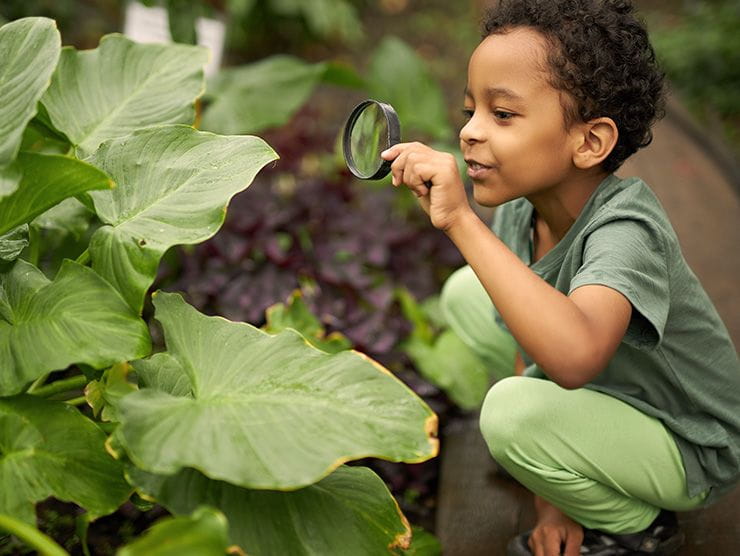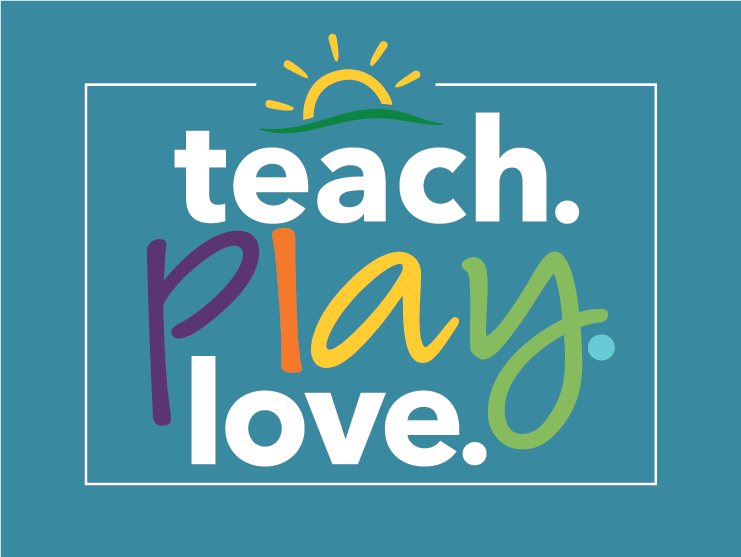Where can you find police officers, veterinarians, office workers, princesses, karate instructors, and chefs all happily working side-by-side?
In the dramatic play area of a child’s classroom, of course! Many assume that fun and imaginative pretend play — in classrooms or at home — has limited educational value. But that’s hardly the case. In fact, pretend play is a vital part of a child’s development, helping them build critical cognitive, social, and emotional skills. Whether they’re creating a restaurant, dressing up as superheroes, or pretending to be astronauts, children are learning to solve problems, cooperate, and think creatively.
In her 2015 article Pretend Play, Dr. Deena Skolnick Weisberg states that “pretend play has been theorized to share some of its cognitive structures with some of our most important cognitive and social abilities, including symbolic understanding, theory of mind, and counterfactual reasoning.”
What is pretend play?
Pretend play, also called dramatic play or imaginative play, is when children use their imagination to act out scenarios and take on different roles. This type of play often mimics real-life experiences, such as pretending to run a grocery store, being a firefighter, or hosting a tea party. For example, a child might use a cardboard box as a "cash register" and play money to "sell" items to family members, creating their own version of a store.
Unlike structured activities, pretend play is child-led and open-ended, allowing children to express creativity, experiment with new ideas, and practice social interactions in a low pressure environment. It provides a unique opportunity for children to explore their world, develop problem-solving skills, and build confidence in their abilities—all while having fun.
This unstructured and imaginative type of play is more than just entertainment; it’s a vital part of a child’s development, fostering creativity and laying the groundwork for skills they’ll need throughout their lives.
How does pretend play help children learn?
Synthesize knowledge and skills. Since learning and child development doesn’t happen in discrete pockets of time or during isolated activities, children need opportunities to blend their skills and knowledge together. Pretend play is an ideal way to do this. Think of children playing ‘grocery store’. They sort by attributes as they group similar foods in sections of the store, use math concepts to determine prices and calculate grocery bills, communicate by making signs, work collaboratively as they assign roles and play together, and much more.
Dramatic play ideas & activities for children
As a parent or caregiver, you play a crucial role in nurturing your child’s creativity and helping them develop critical life skills through pretend play. Encouraging this type of play creates opportunities for children to explore their imagination, work through emotions, and build social and cognitive skills. The best part? Pretend play doesn’t require expensive toys or elaborate setups—just a bit of imagination and your support.
Here are some activities and tips for pretend play
Use Stories: Stories are a great way to spark creativity and expand a child’s imagination. Invite your children to recreate a favorite story or take it further and add their own twist. During your pretending game, prompt their ideas by asking questions like: “What do you think happened next?” and “What if the dog didn’t find his bone?”
Provide Dolls and Puppets: Make sure your child has ample and regular access to things like dolls, stuffed animals, or puppets. These don’t have to be store-bought; they can be cut out of paper or made from socks. Through imaginative play, children easily ascribe feelings and ideas to these ‘people’ and ‘animals’ and often use them to express, explore and work out their own ideas, thoughts, and feelings.
Create “Prop Boxes”: Prop boxes are something most high-quality early childhood programs utilize often. They are boxes (or bins, crates, or bags) with themed dramatic play materials in them. It’s like having a creative experience in a box. Examples of popular prop boxes are a flower shop, restaurant, or post office. Have a few materials in prop boxes and let your children’s creativity take it from there.
Make Time: No material, environment, or story can take the place of uninterrupted time to play and explore ideas. Pretend play doesn’t fit nicely into twenty-minute segments. Be ok with leaving a doctor’s office in the living room for a few days to allow your children to fully explore and enhance their creative explorations.
Incorporate Real-Life Experiences: Help children connect their pretend play to the real world by incorporating everyday experiences. For instance, after a trip to the grocery store, encourage them to "open" their own market at home. Provide paper bags, play money, and items to "sell." Or, after visiting the post office, set up a mail center with envelopes, stamps, and a mailbox. By linking their dramatic play to real-life activities, children can better understand their environment while building cognitive skills.
With today’s packed schedules, it’s tempting to rush children from one activity to the next, but the unstructured time spent in pretend play is invaluable. It builds critical life skills while fostering creativity and joy. So next time you see your children engaged in pretend play, don’t rush them to homework, cleaning their room, or piano practice. Instead, let them explore their imaginary world. You might even join in and rediscover your own creative side!
Pretend play in childcare
Pretend play shouldn’t be limited to the home environment—it's important that children also have access to a high-quality childcare program that encourages dramatic play. Look for a program that provides a rich, stimulating environment where children can engage in imaginative activities, role-playing, and collaborative play with peers. These settings offer the resources and support children need to explore their creativity, develop social skills, and build cognitive abilities.
At Bright Horizons®, our classrooms are designed to foster creativity and provide children with the tools they need to thrive, including ample opportunities for dramatic play in a safe, nurturing environment. Discover the Bright Horizons Difference and learn about our early education programs.




